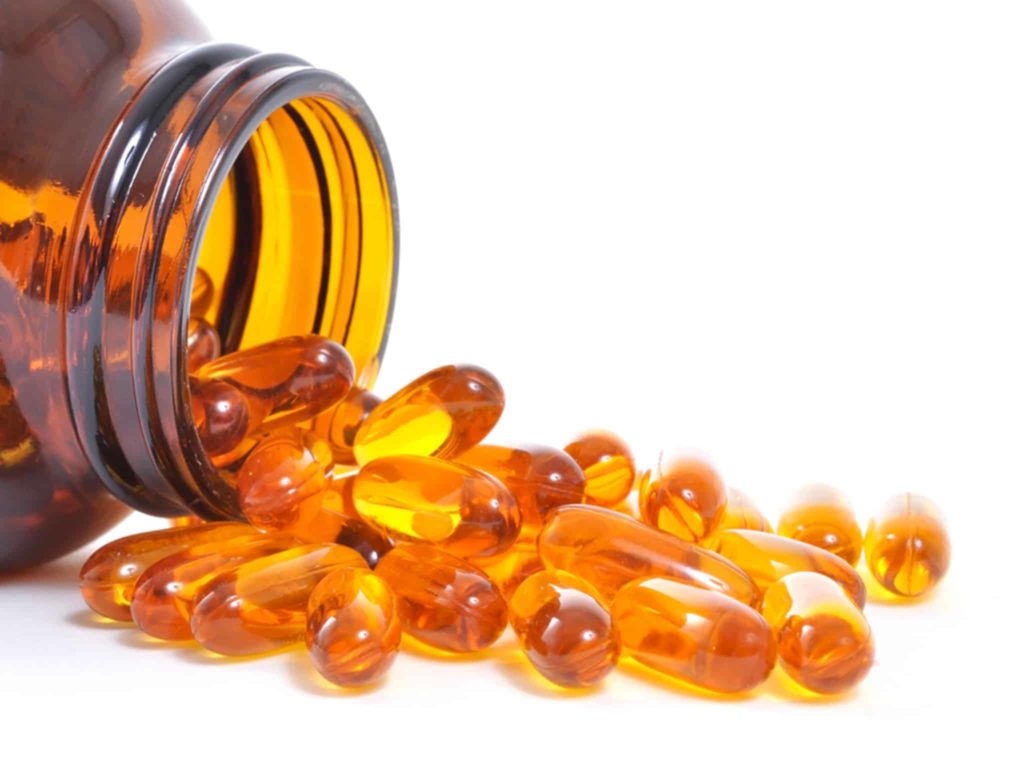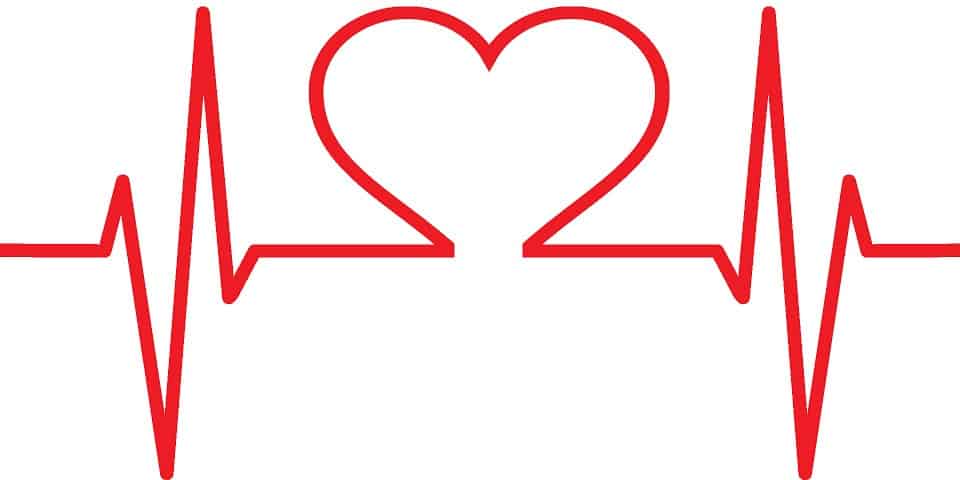 There’s been a lot of buzz this week about a column in the New York Times on the potential consequences of eating “too much” protein.
There’s been a lot of buzz this week about a column in the New York Times on the potential consequences of eating “too much” protein.
Well columnist Roni Rabin worries that the popularity of protein powders, drinks, and bars are “making it possible to effortlessly consume protein in amounts that far exceed dietary recommendations.”
She goes on to write that “the vast majority of Americans already get more than the recommended daily amounts of protein.”
But are they really? The Institutes of Medicine–a relatively conservative bunch–recommends that we get between 10 and 35% of our calories from protein. For a 150 pound adult, that translates into a range of 55 to 180 grams of protein per day. Continue reading “NYT protein piece generates more heat than light”





